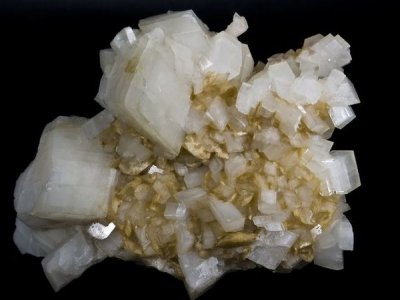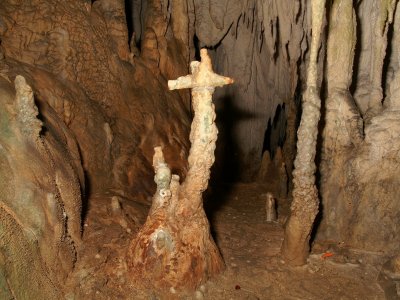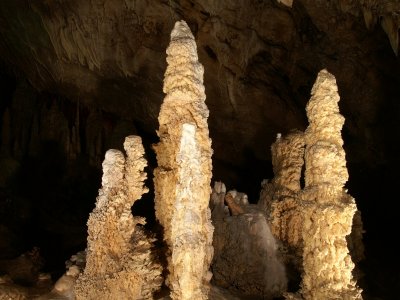Cave Creation

The caves are empty spaces in the rocks, they have an entrance that allows communication with the surface and dimensions such that it is possible for humans to enter. Each cave can be completely or partially filled with sediments, ie with materials that are transported there mainly by the erosion of rocks, water or ice. When caves are presented with complex development - such as a combination of vertical wells and horizontal chambers - they are cave systems.
Cave formation
The interpretation of the way of creation and evolution of caves and cave systems is the caveogenesis, which, however, includes the phases where the movement of water takes place in very narrow pipes that can not be considered caves due to size due to the above definition, as well as phases where the caves begin to collapse and be destroyed.
Summary Presentation of the Creation of the Caves
The shape and size of the caves vary greatly due to a large number of factors related to the structure and composition of the rock, the geometry of the cracks, the terrain in which it is located, the hydrological conditions and many other elements of lesser importance. Most of the caves that have been discovered are found in rocks such as limestone, marble, dolomite and generally in the so-called carbonate rocks. The reason for this is the composition of these rocks, which allows the dissolution of rainwater, when it binds carbon dioxide from the atmosphere and soil, ie karst erosion.
The result of this reaction is the formation of a weak carbonic acid capable of dissolving carbonate rocks. Distilled water at normal temperature dissolves 16mg / lt CaCO³, while when enriched in CO² during the reaction: CO² + HDO ↔ HDCO³, its solubility increases. Factors that affect karst erosion are the appropriate tectonic structure of the area, the slope of the soil surface, the climatic conditions and the chemical composition of the limestones. Thus with the presence of carbonic acid in the water the limestone (calcium carbonate) is converted to acidic calcium bicarbonate during the reaction: HCOCO + CaCO³ ↔Ca (HCO³) ²
The reaction shifts, in case of excess CO² to the products or when there is a shortage, to the reactants, in which case we have dissolution or precipitation of CaCO³ depending on the case. It is very important that in a small volume all these rocks are practically impermeable to water, but in their total volume, due to the many cracks they present (these cracks can be branches, cracks or cracks, as described in geology) , finally allow the passage of water. In this way the water widens the initially small cracks until it creates large spaces and labyrinthine systems of underground corridors, ie caves.
This process is continuous until geological rearrangements create new conditions. In the new conditions, the cave system of an area can acquire a new structure or move to a state where its further expansion almost stops and its space begins to fill with deposits, mainly calcite, which compose its decorative decoration. The term decoration refers to the so-called cave themes, of which the most common are stalactites, stalagmites, columns, etc.
The formation of these deposits is due to the reversal of the rock dissolution process due to the fact that the physical and chemical conditions have changed. As a consequence of this change, when water reaches the cave site through the cracks, it deposits the amount of calcium carbonate (which comes from the dissolution of the limestone rock) that it carries under dissolution.
Each drop carries a very small amount of dissolved calcium carbonate and slowly "builds" a cavern. If deposition occurs on the roof it forms stalactites or curtains on sloping surfaces. When the drop reaches the floor, it creates stalagmites, while when it lands on the walls and small lakes, it can form a very large variety of cave themes. This process is very slow and can take thousands of years.








